Mechanoluminescent materials seen in a new light
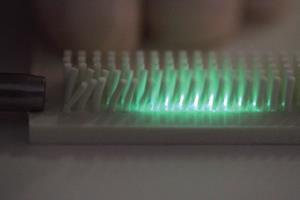
Scientists in South Korea have created a material that emits bright white light when a stream of nitrogen is blown over it. The discovery paves the way for eco-friendly displays and lighting systems powered by natural winds.
Mechanoluminescence, where materials emit light under mechanical stress, is not a new phenomenon; in 1605 Francis Bacon reported seeing flashes of light when he snapped sugar crystals. But, as this required the crystals to be fractured, mechanoluminescence was not thought to have any practical applications until elasto-mechanoluminescent materials were discovered in 1999. These materials emit light under elastic deformation without being destroyed, and can be used for lighting, medical imaging or even as artificial skin.
However, all of the elasto-mechanoluminescent materials discovered so far have several associated problems. One problem is the light they produce is very faint, and is usually only as bright as luminescent paint. Another problem is that the light is coloured, often green or yellow, depending on the compounds used. This is a stumbling block for applications where white light is preferable.
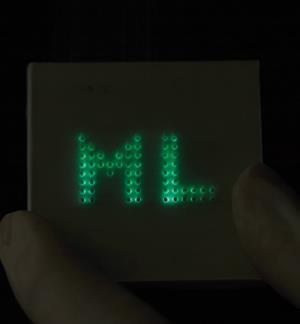
Both of these problems have been addressed by Soon Moon Jeong’s team from the Daegu Gyeongbuk Institute of Science and Technology. By incorporating a mixture of coloured phosphors made from copper-doped zinc sulfide into a flexible plastic polydimethylsiloxane composite, the researchers created an elasto-mechanoluminescent material that emits white light. The colour of the light can also be tuned by changing the proportion each phosphor.
The team also found that lighter was brighter than previous materials, and increased with the wind speed used to activate the material. At the peak wind speed, it produced a luminance of 100cd/m2, approximately the same brightness as a computer monitor. By forming the material into rods and setting them up in a patterned array, the team also showed that they could make wind-powered signs.
While these results represent a considerable advance in the development of mechanoluminescent materials for practical applications, there is still a significant drawback: to get the light to an acceptable brightness the team had to use a wind speed of 40m/s – roughly that of a Category 2 hurricane. Nonetheless, Jeong is optimistic about the future of the materials. ‘Gentle breezes have a wind speed of only 2–3m/s, but employing more efficient materials and designing a more efficient wind-harvesting structure could make natural winds a possible power source.’
B P Chandra, who studies mechanoluminescence at Rani Durgavati University in Jabalpur, India, is impressed by the results but cautions that much more needs to be achieved before such lighting displays become routine. ‘These findings could create a significant new field in energy harvesting, but the team are yet to obtain uniform, high-resolution or intensely bright emissions.’
References
This article is free to access until 23 September 2014. Download it here:
S M Jeong et al, Energy Environ. Sci., 2014, DOI: 10.1039/c4ee01776e





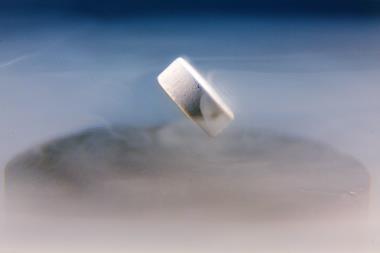
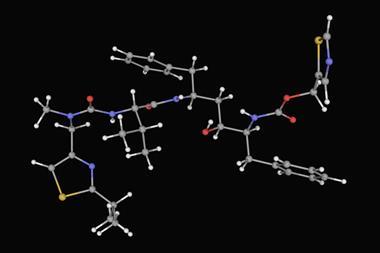
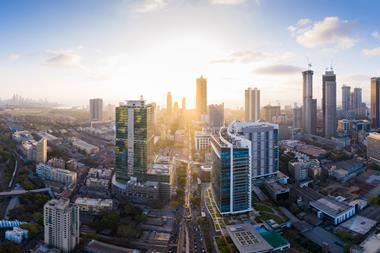
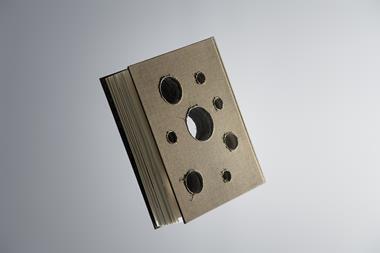






No comments yet